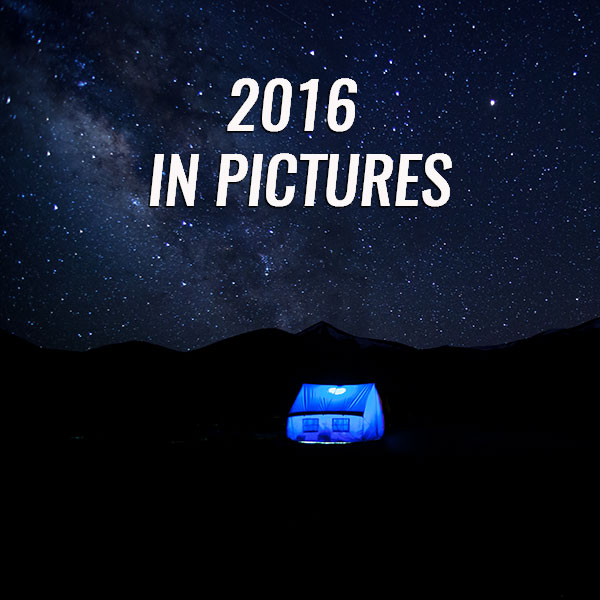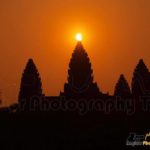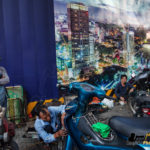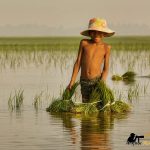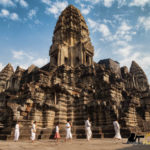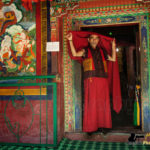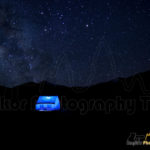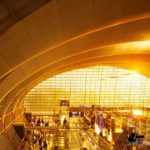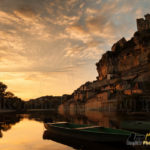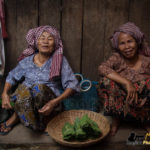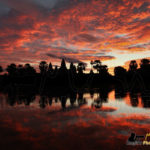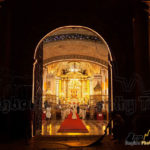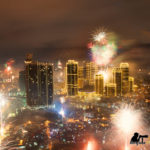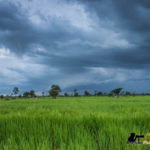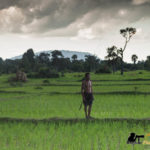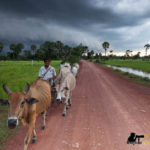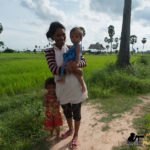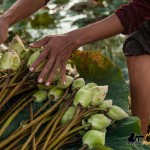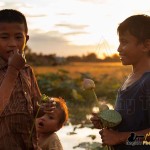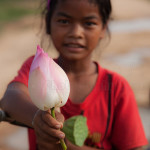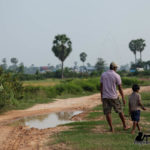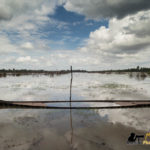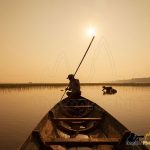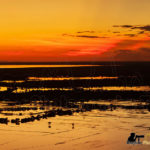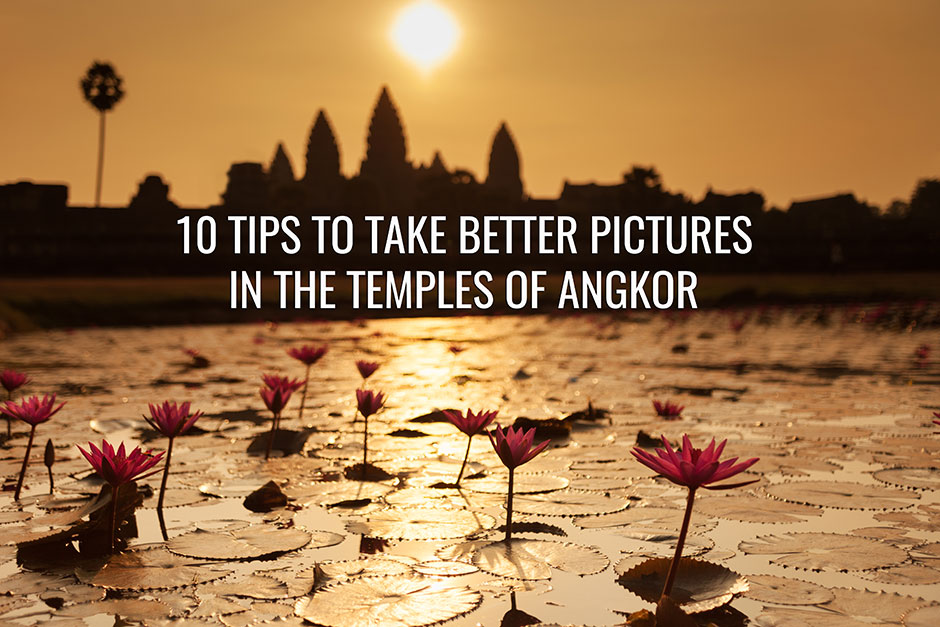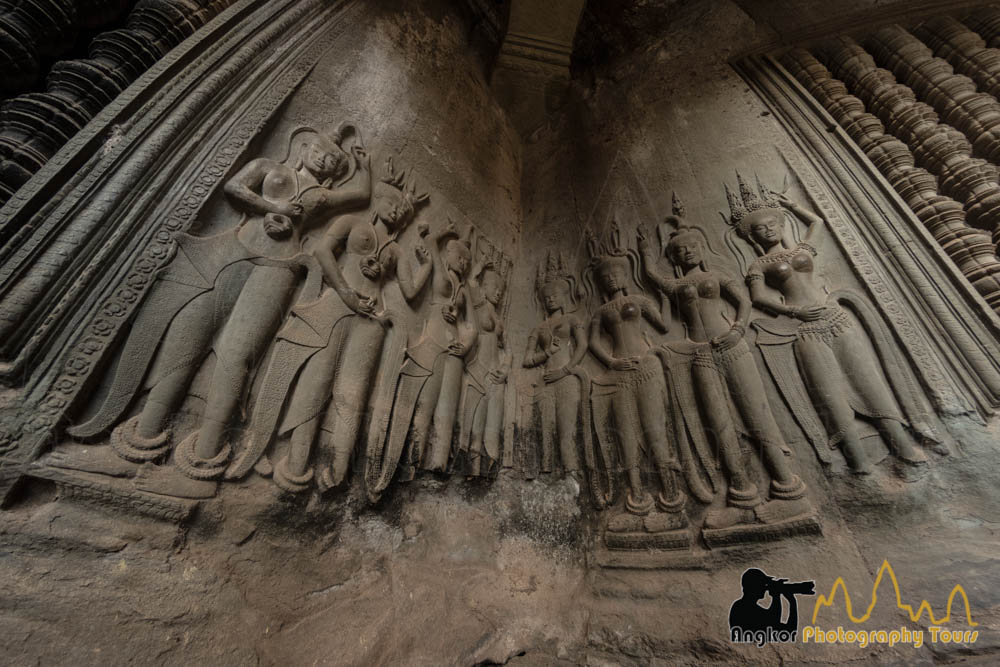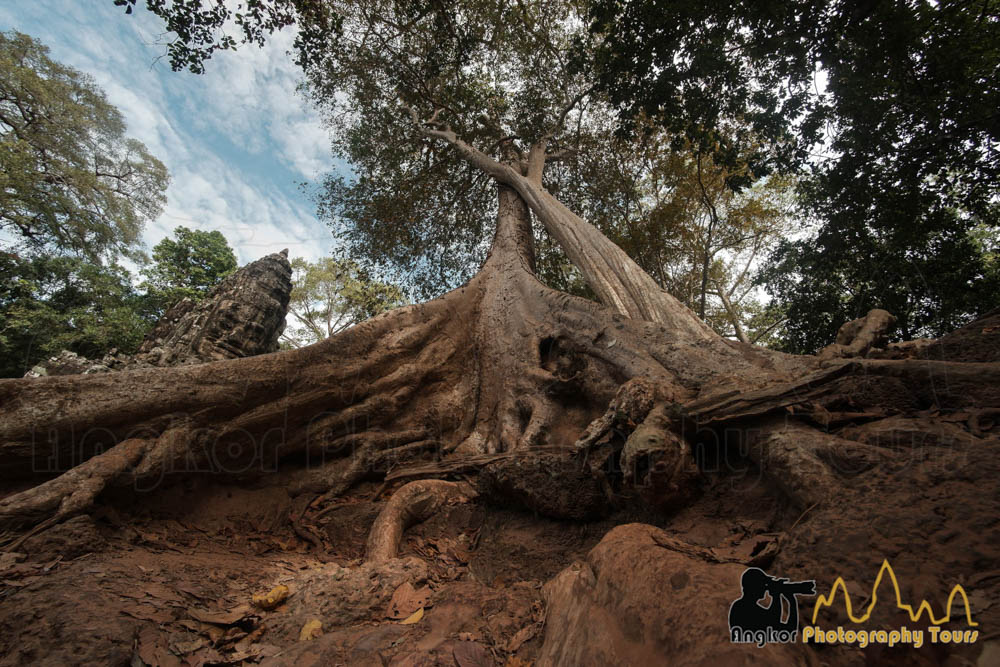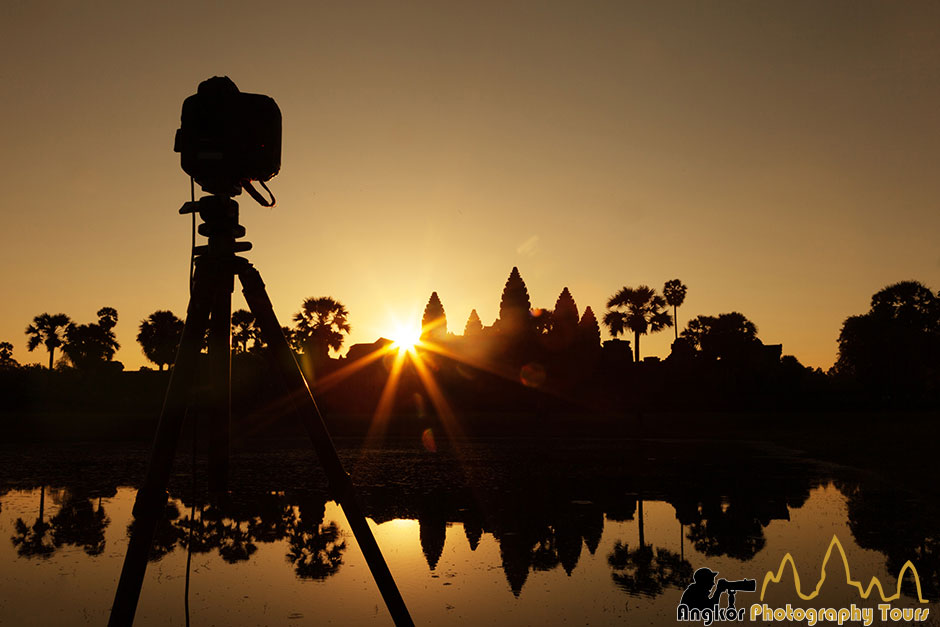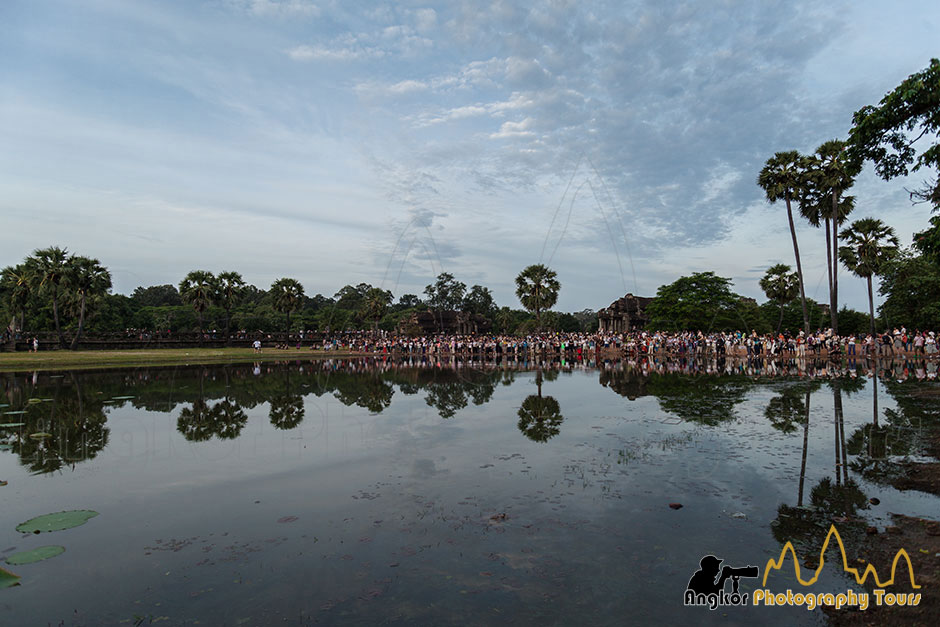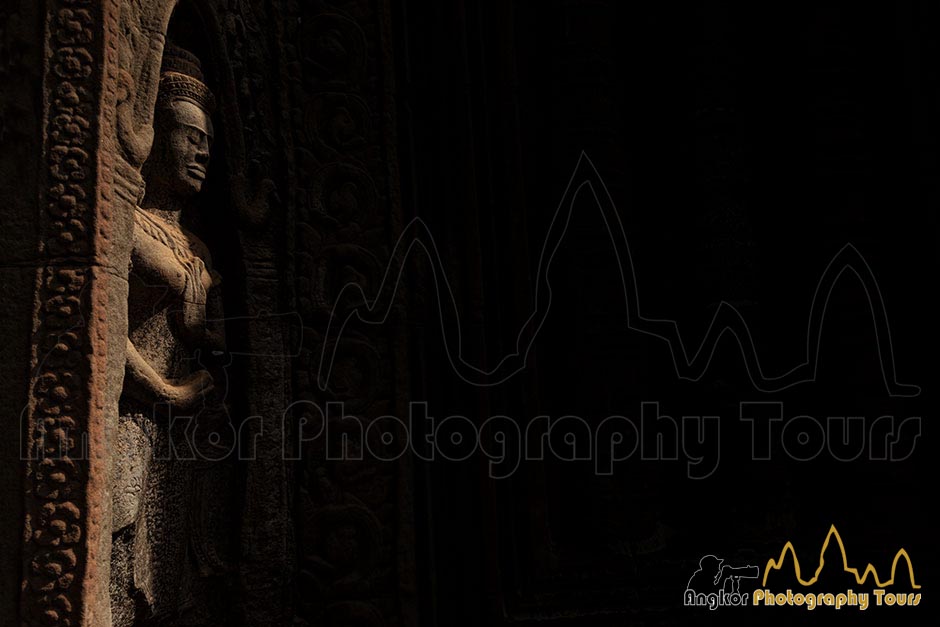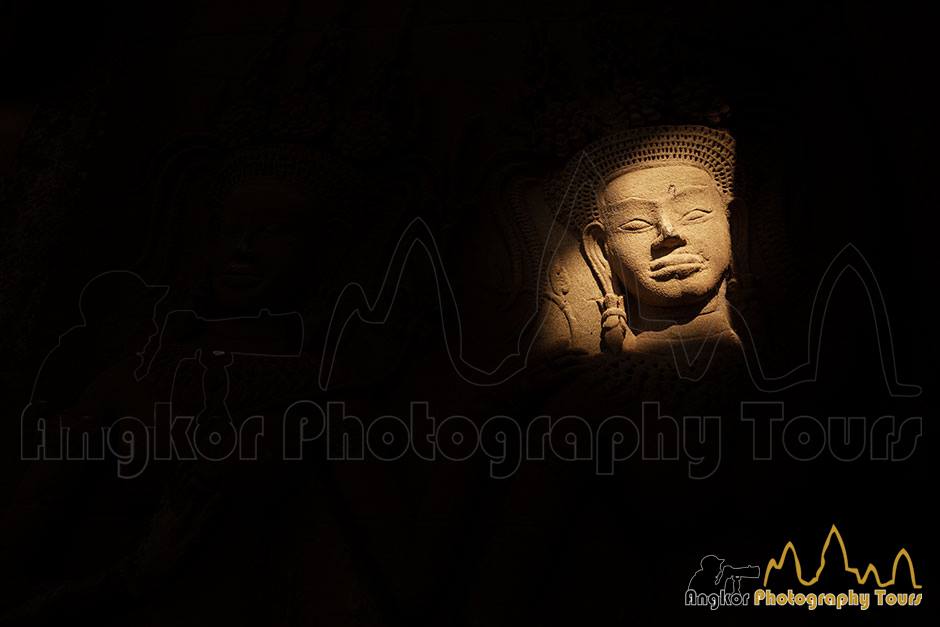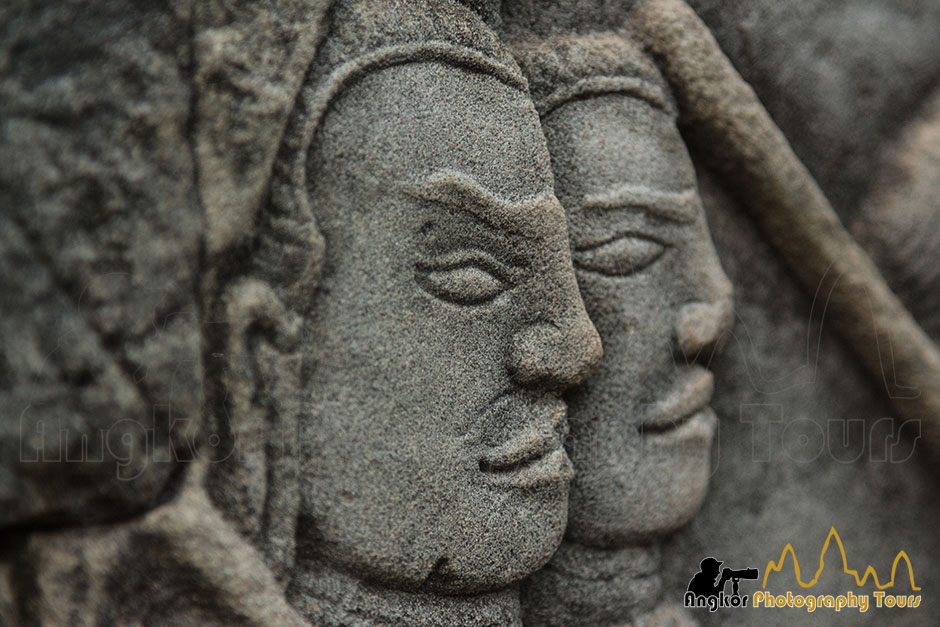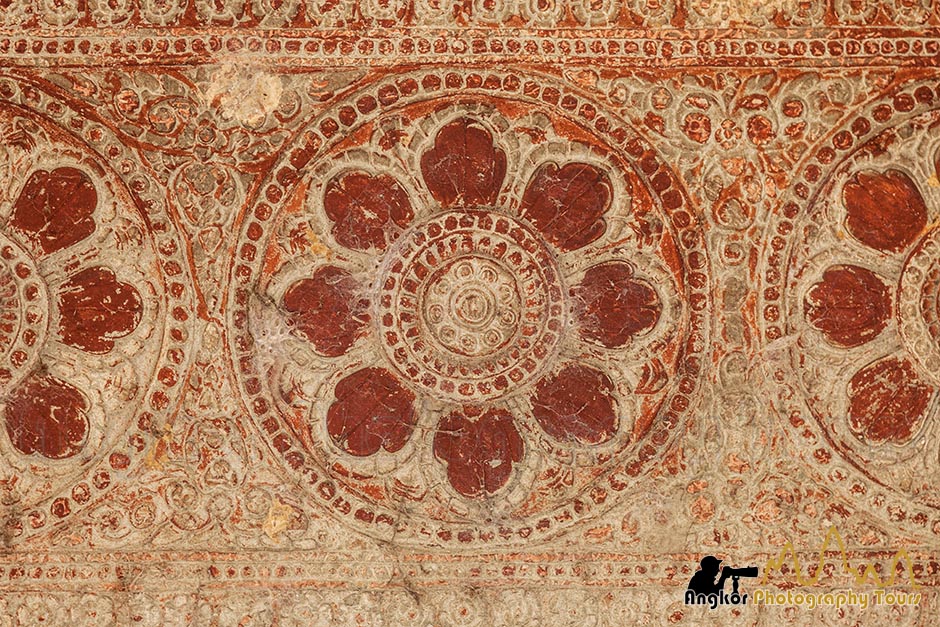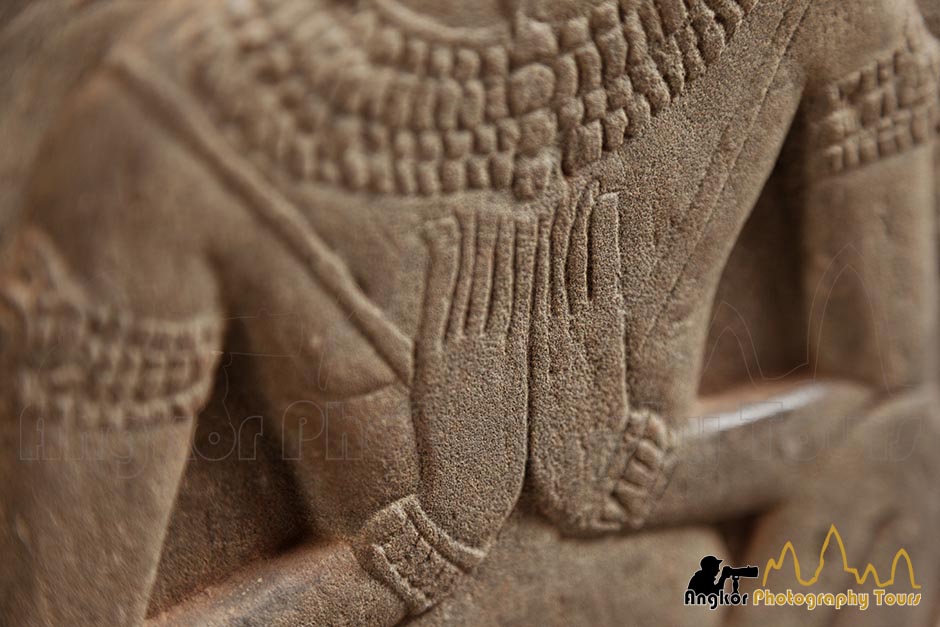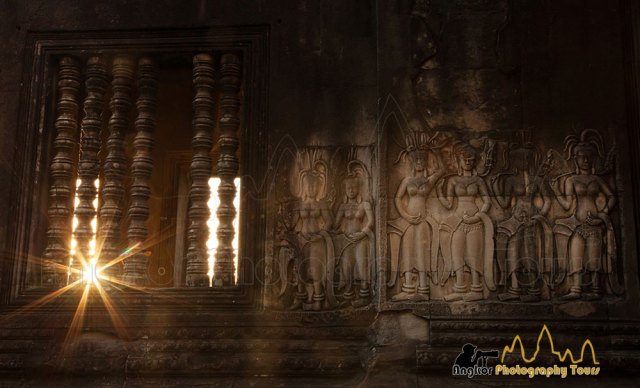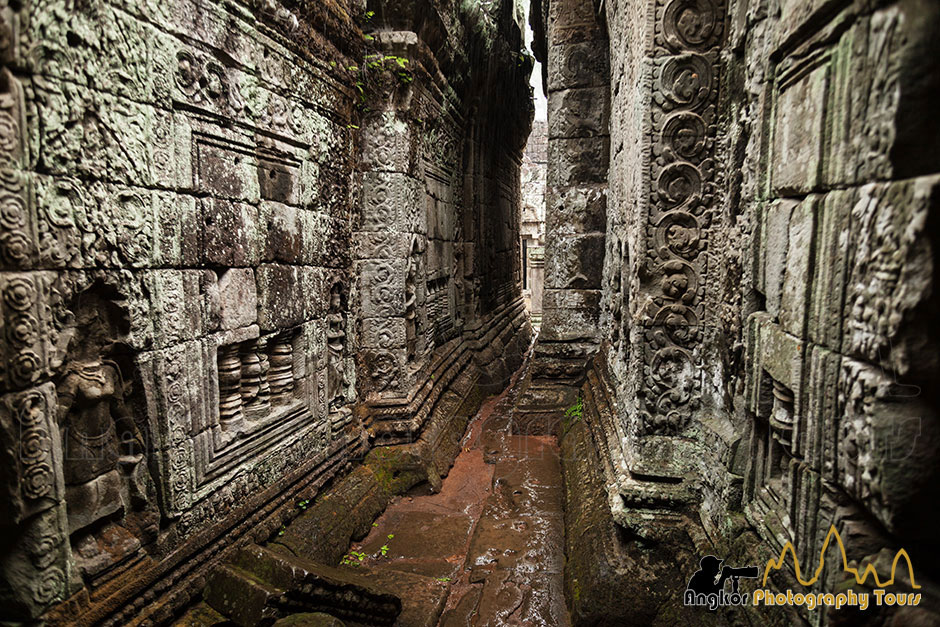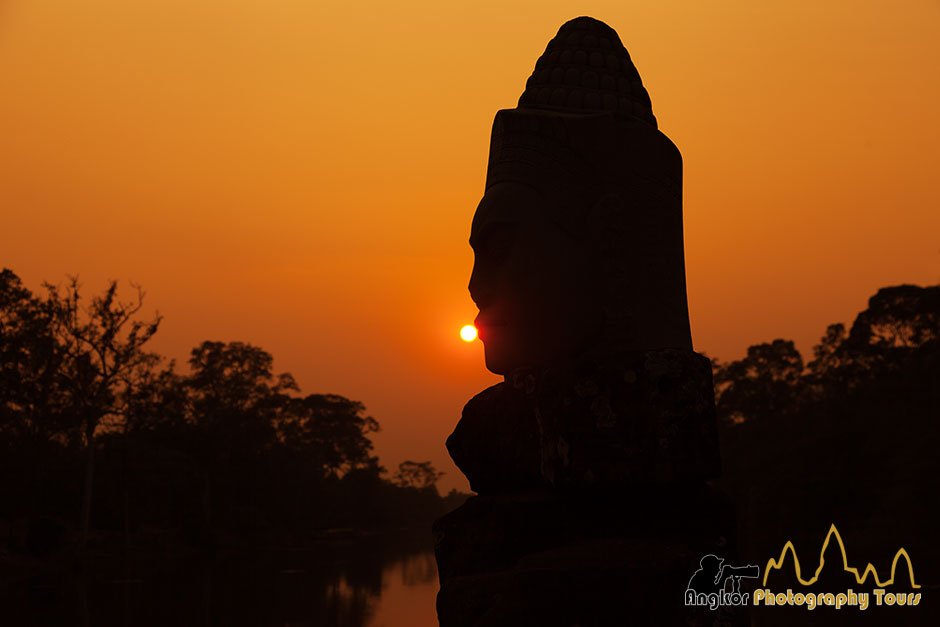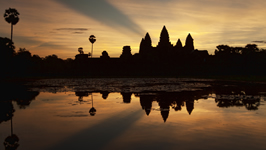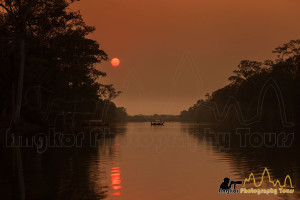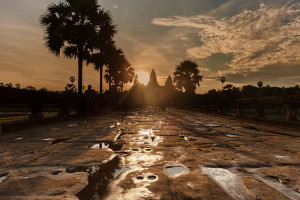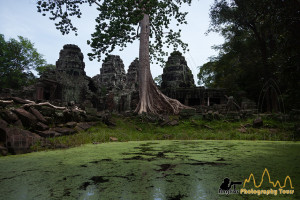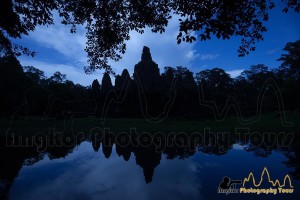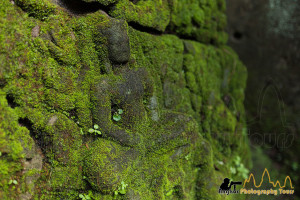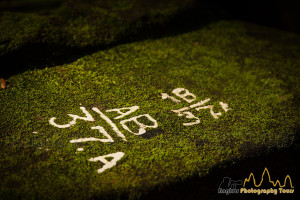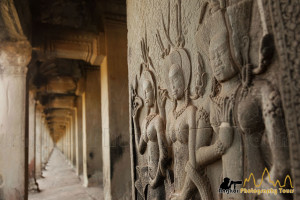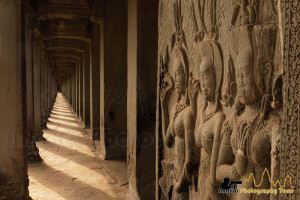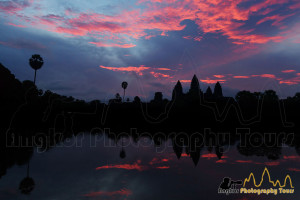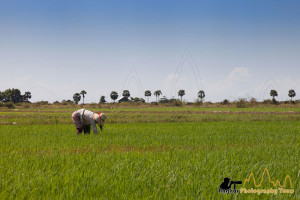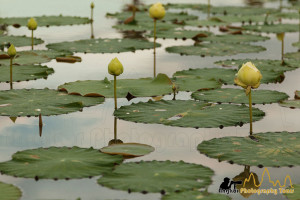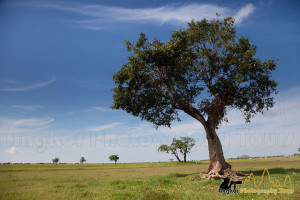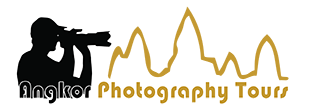The year 2016 ended in a wink. Nevertheless, it was a year full of sweet recollections and splendid adventures, as I travelled here and there, meet new people, and experience new cultures. Looking through my collection of more than 1000 edited pictures of 2016, I was inspired to select my favorite ones. I picked these pictures not only based on my own personal choice of uniqueness and aesthetic value, but also, by the stories behind.
These photographs and memories were taken in Cambodia, Vietnam, Thailand, India, France, and the Philippines from my 2016 travel diary.
1. Cambodia : Angkor Wat Solar Eclipse – March 2016
This unique picture was taken on the 9th March during a partial eclipse of the sun in Angkor Wat Temple. What make this shot rare is that of the date of the eclipse was less than 2 weeks away from the spring equinox and it was possible to find a shooting location where the sun was just above the central tower at the maximum of the eclipse. According to ephemerides, the next partial solar eclipse in Angkor Wat temple during sunrise will take place in 2042 ! Due to the nature of this eclipse, so the passing of the moon in front of the sun could be only be captured using a very dark filter in this case a 10-stop neutral density filter ND1000 which blocks 99.9 % of the incoming light coming to the sensor. This is a one-of-a kind, unforgettable shot in Angkor Wat as we were only 2 photographers at this spot. Others have vanished to go see the other temples and most people except few guides were not aware of the solar eclipse that day. To see more pictures of this solar eclipse please have a look at my blog post.
Settings: ISO 400, 105 mm, f:4, 1/40s, ND 1000 filter
2. Ho Chi Minh City : Street Scene – April 2016
Ho Chi Minh is a sprawling city of 8 million and with almost as many motorbikes racing in its streets. Here you can find places to service your motorbike even on sidewalks.
While inside a coffee shop (which is also numerous in Saigon) my attention was caught by this colorful poster across the street. I took few shots of it alone but it did not come out very well. By moving few feet, I got a much better picture : framing the customer with her red dusk mask waiting for her motorbike to be serviced against the blue metallic wall, while the poster of a future housing development was in the background. The black and yellow line worked as well as a leading line to connect all the elements of the picture.
Settings: ISO 160, 20 mm, f:7.1, 1/100s
3. Cambodia : Boy Planting Rice, April 2016
During the month of April, Cambodian farmers are busy planting floating rice on the West Baray, one of the biggest man made reservoirs in the word build during the Khmer empire in the 11th century.To get closer, we boarded a small fisherman wooden boat and it was when I took a shot of this Cambodian kid, knee-deep in water, smiling despite the hardship of his work.
Settings: ISO 100, 168 mm, f:5.6, 1/500 s
4. Cambodia : Angkor Wat Vesak Day – May 2016
This picture was taken beside the main tower of Angkor Wat (also called Bakan) which is also the most sacred place of the temple. This Khmer family was walking counter-clockwise making several rounds around it, and I waited there to frame the shot with my 20 mm, the minimum focal length from this corner to fit all the building in a horizontal frame. This scene was taken 2 days before Buddha’s Day (Vesak Day). The act of walking around a sacred temple is called circumambulation and is an integral part of Hindu and Buddhist devotional practices and usually done clockwise.
Settings: ISO 250, 20 mm, f:7.1 1/800 s
5. India : Ladakhi Monk in Lamayuru Monastery- July 2016
This picture was taken during our first photo tour in Ladakh India, more precisely in Lamayuru monastery about 100 km from Leh. We visited Lamayuru Temple during the 3-day annual colorful monastic festival. This monk posed for a brief moment, adjusting his robe, just enough time for me to frame a shot with the door. The colorful mural with its main character looking at the monk add another dimension to the picture.
Settings: ISO 640, 32 mm, f:4, 1/160 s
6. India : Milky Way in the Himalayas, July 2016
During our photo tour in Ladakh, we spent several nights in tents at an altitude of 4700 meters. Even during summer months, temperatures goes down below 5 degree Celsius at night. Adding to that the altitude sickness, this night shot sessions was quite challenging but looking at the starry skies and the Milky Way stretching over the Himalaya mountains was quite rewarding. In this shoot the illuminated tent is the one we used for our dinner and gives a touch of color and a sense of scale to the picture.
Settings: ISO 2000, 20 mm f:2.8, 30s
7. Thailand : Suvarnabhumi Airport in Bangkok at Golden Hour – July 2016
This shot was taken at the international airport of Bangkok at sunset. Suvarnabhumi, the busiest airport in Thailand handled more than 50 million passengers in 2015. This section of the terminal although not so photogenic came out much better for few minutes with the evening sunlight illuminating nicely the arched rooftop.
Settings: ISO 400, 84 mm, f:4 1/25s
8. France : French Medieval Castle at Sunset – October 2016
During a scouting photo trip in the region of Dordogne in France, famous worldwide for its food and castles, we ended up the day at the village of Beynac-et-Cazenac just in time for sunset with a view of the Beynac Castle built on on a limestone cliff and overlooking the river. This 12th century fortress was built around the same than Angkor Wat temple in Cambodia and it is tempting to compare the austere architecture of the fortress with the scale and symmetry of Angkor and its fined carvings. Also on the 12th century, only 50,000 people were living in Paris against 800,000 in Angkor according to last LIDAR survey.
Settings: ISO 200, 24 mm, f:5.6, 1/320 s
9. Cambodia : Betel Leaves Vendors – November 2016
In Cambodia, betel consumption is not as widespread as in Myanmar. Most of the time, only the elderly are munching betel unlike in Myanmar where you can see young people chewing them. In this picture, a wooden basket with fresh betel leaves is standing on the floor in front of this two smiling elderly Cambodian ladies. The three other ingredients making up the so-called betel squid missing from the picture are areca nut, tobacco and lime water (saturated solution of calcium hydroxide).
Settings: ISO 400, 38 mm f:4, 1/160s
10. Cambodia : Red Angkor Wat Sunrise, November 2016
Out of the many sunrises at Angkor Wat temple I have witnessed in 2016, this one was one the most spectacular hat I have seen. The bright red dramatic cloudy sky were just breathtaking. This picture was taken around the end of November when monsoon season was coming to an end.
Settings: ISO 320 , 20 mm, f:5.6, 1/80s
11. Philippines : Here Comes the Bride, December 2016
I took this quick shot at San Augustin Church in Intramuros Manila just when the bride was making her entrance. Intramuros is the frequently visited area in Manila where two beautiful churches are located not far from each other. You can visit the area by taking a horse carriage (kalesa in Filipino), but one of the best way for photographer is to wander around the cobble stone streets in order not miss any photographic opportunities.
Settings: ISO 500, 35 mm, f:2.8, 1/15s
12. Philippines : New Year Fireworks in Manila , December 2016
This picture is one of my last clicks of 2016 taken just 5 minutes before New Year’s Eve in Metro Manila. New Year in this megacity is celebrated with loads of fireworks and firecrackers that lighten up the skies around the city. Fireworks and firecrackers are grand spectacles during this year end celebration. The adverse effect though is that hundreds of people injure themselves every year using firecrackers and it gives raise to a peak in particles pollution few hours after.Fireworks were scattered and I was lucky to have a vantage point from a rooftop with the neon illuminated Rockwell Center in Makati just in the frame. Several shots were combined in Photoshop to have more firework explosions.
Settings: ISO 100, 25 mm, f:9, 30 s (composite picture)
